38+ Sample Anti-discrimination Policy
-
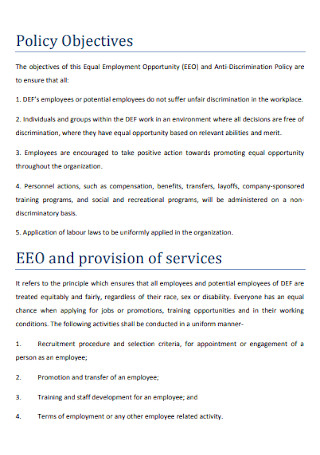
Anti discrimination Policy
download now -
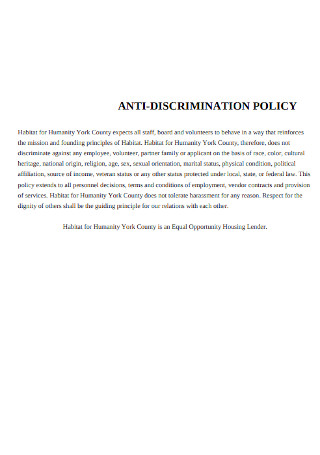
Staff Anti discrimination Policy
download now -

Revised Anti discrimination Policy
download now -
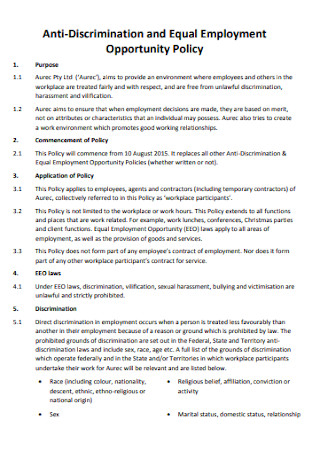
Anti discrimination and Equal Employment Opportunity Policy
download now -

Anti discrimination and Harassment Policy
download now -

Anti discrimination Policy Summary
download now -
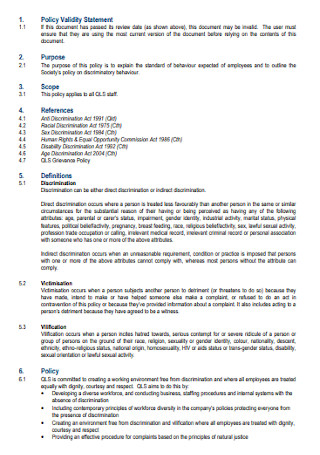
Basic Anti discrimination Policy
download now -
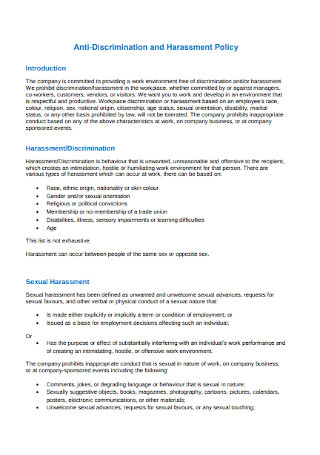
Work Environment Anti discrimination Policy
download now -
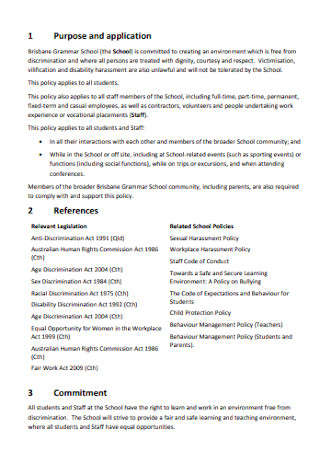
School Anti discrimination Policy
download now -
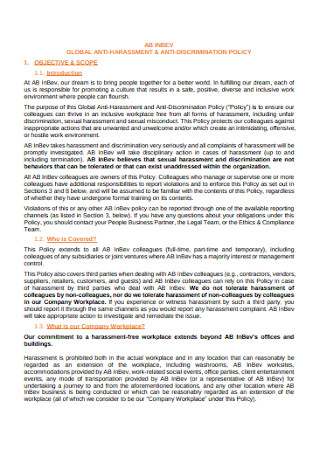
Global Anti discrimination Policy
download now -
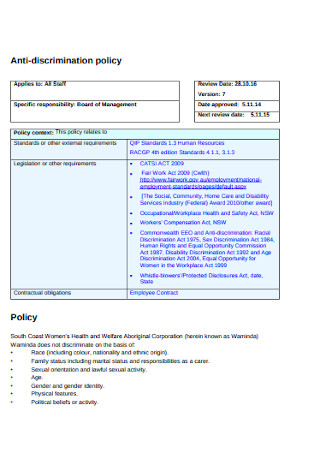
Employee Anti discrimination Policy
download now -
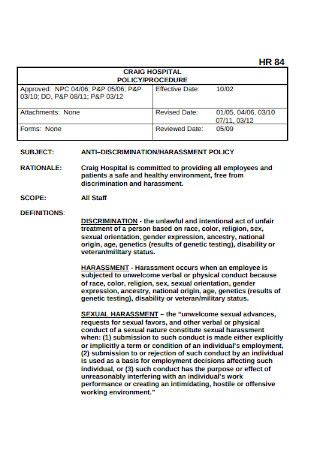
Anti discrimination Policy and Procedure
download now -
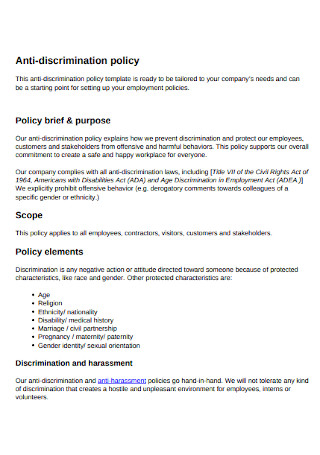
Anti discrimination Policy Example
download now -
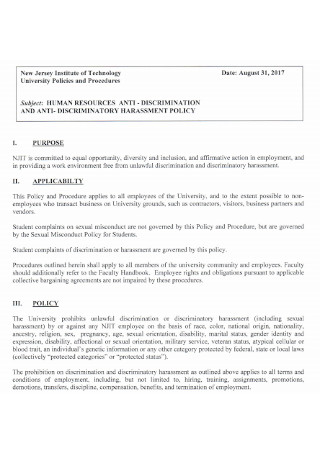
HR Anti discrimination Policy
download now -
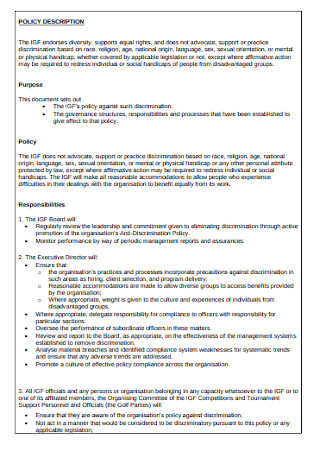
International Anti discrimination Policy
download now -
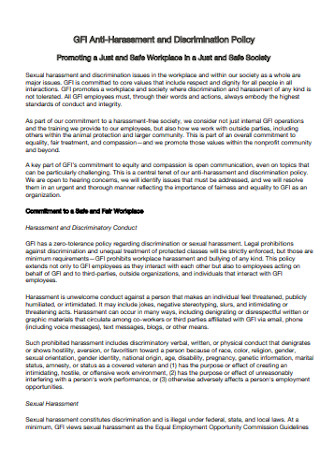
Anti Harassment and discrimination Policy
download now -
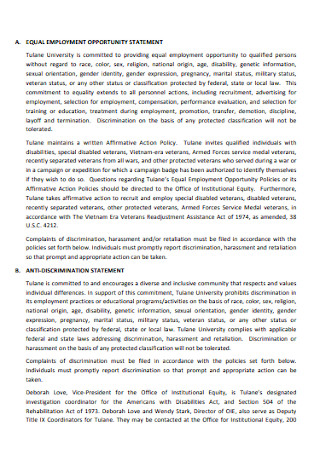
University Anti discrimination Policy
download now -
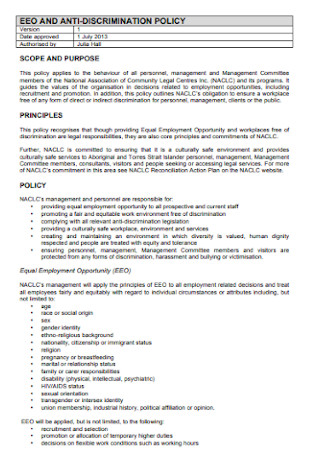
EEO and Anti discrimination Policy
download now -
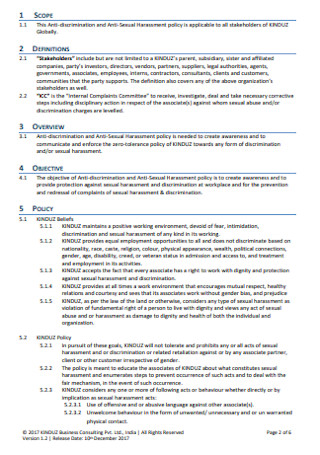
Anti Discrimination and Anti Sexual Harassment Policy
download now -
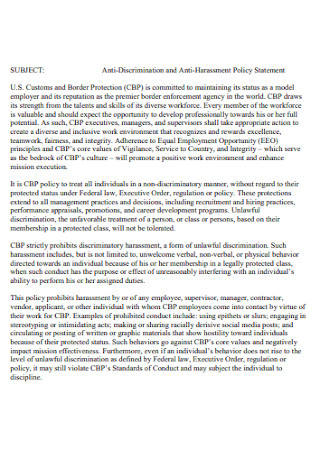
Anti discrimination Policy Statement
download now -

Anti discrimination Policy and Complaint Procedure
download now -

Student Anti discrimination Policy
download now -
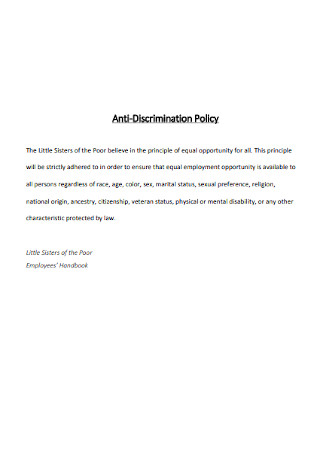
Company Anti discrimination Policy
download now -

Medical School Anti discrimination Policy
download now -

Professional Anti discrimination Policy
download now -
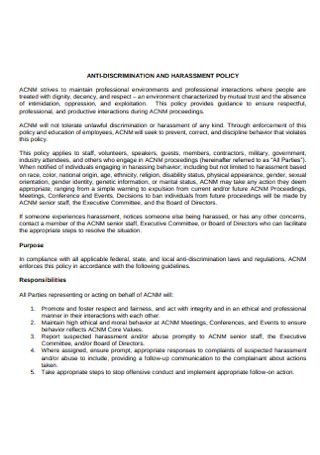
College Anti discrimination Policy
download now -
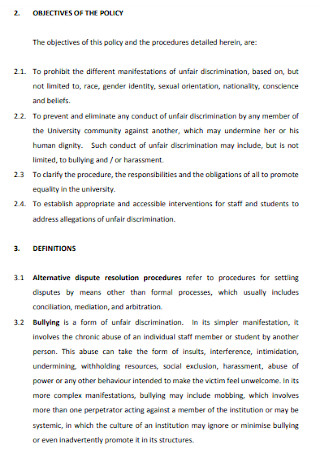
Anti discrimination Policy Objective
download now -

Anti discrimination and Equal Rights Policy
download now -
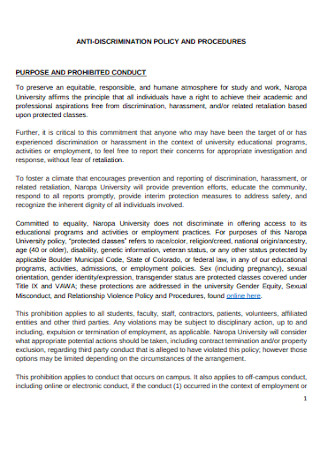
Study place Anti discrimination Policy
download now -
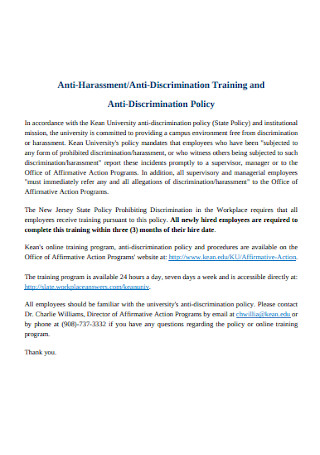
Anti discrimination Training and Policy
download now -
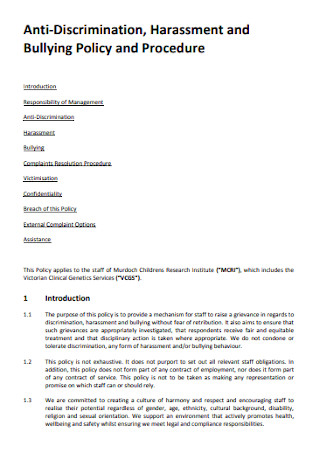
Anti discrimination and Bullying Policy
download now -

Standard Anti discrimination Policy
download now -
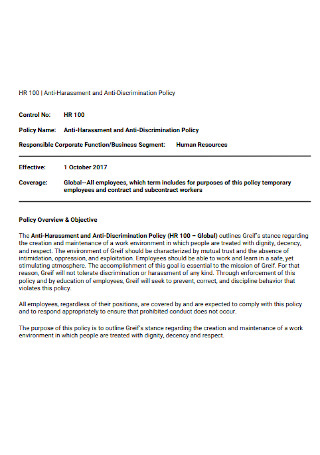
temporary-employee-anti-discrimination-policy
download now -
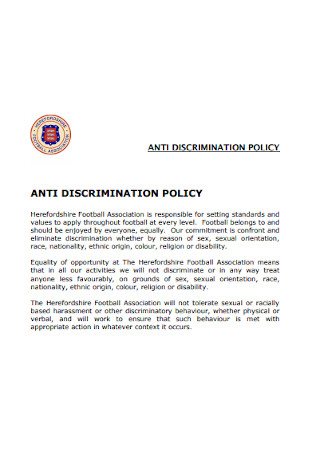
FootBall Association Anti discrimination Policy
download now -
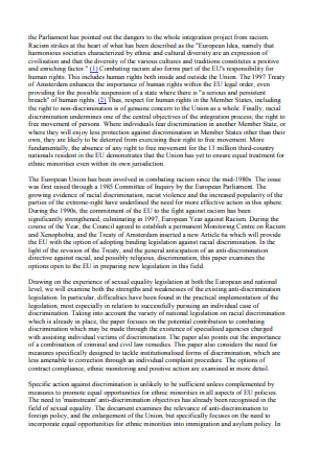
European Union Anti discrimination Policy
download now -
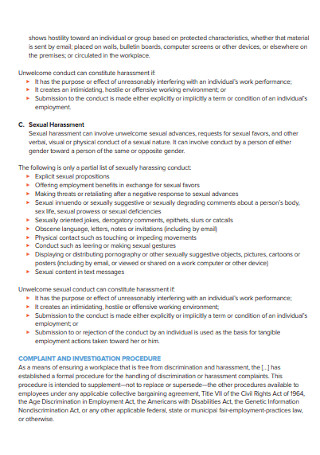
Workplace Anti discrimination Policy
download now -
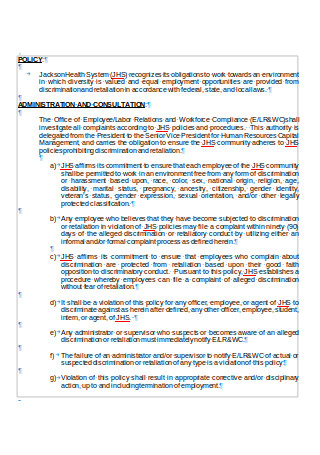
Anti discrimination and Retaliation Policy
download now -

Club Anti discrimination Policy
download now -
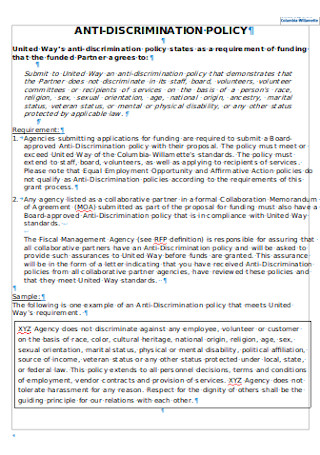
Sample Anti discrimination Policy
download now
Indeed, there are already a lot of employers now who advocate diversity. However, according to Glassdoor, there are three out of five employees who are still witnessing and experiencing discrimination. With anti-discrimination policies properly set in the company, it fosters a conducive workplace and healthy company culture that protects every employee? especially those whom people often segregate in certain groups?from various discriminatory behaviors and practices in the workplace.
What Is an Anti-discrimination Policy?
Anti-discrimination policies enforce the company’s commitment to zero tolerance toward discrimination in the workplace. This type of workplace policy must align with any existing federal, state, and local laws that are against discrimination to any individual, especially against those who belong to a protected class. Anti-discrimination policies should outline the actions that must be addressed against discrimination of any kind, such as age, appearance, color, disability, race, religion, sexual orientation, national origin, and the like. Through this type of policy, the company can effectively set the standards throughout the company. It can also set expectations on how to deal with discrimination in the workplace. They can also identify the roles and responsibilities of individuals who are responsible for addressing any report that violates this policy.
If you are seeking for anti-discrimination policy templates and examples that can help you come up with your own, be sure to download any of the uploaded examples and templates below.
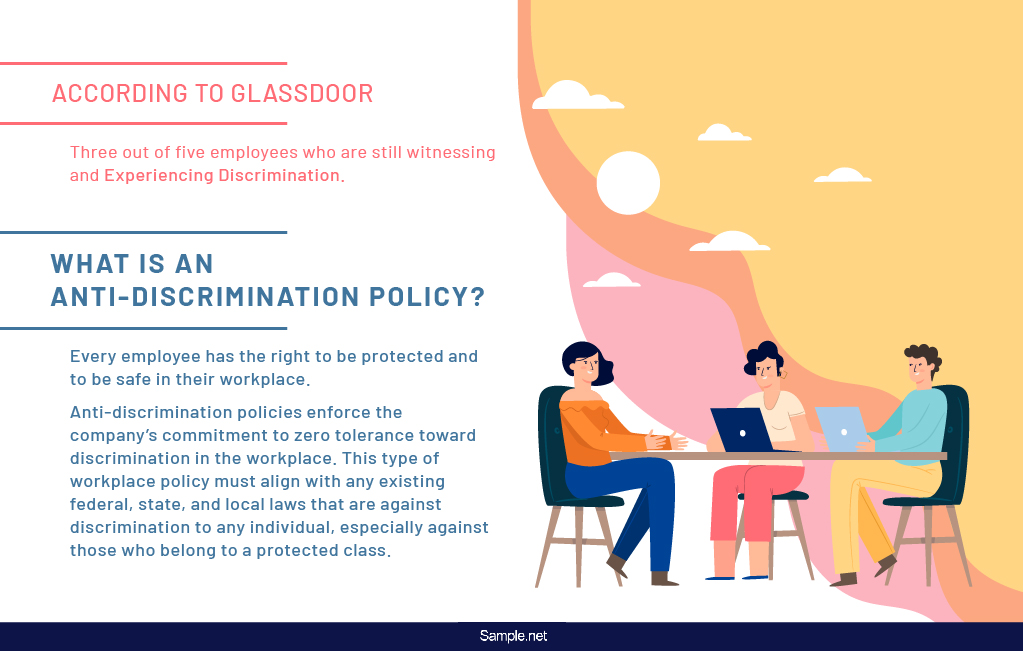
Types of Workplace Discrimination
Every employee has the right to be protected and to be safe in their workplace. That is why most local government laws have specified the types of discrimination that no one should ever tolerate in the workplace. To create an effective anti-discrimination policy that has a wide coverage, you should be able to familiarize yourself with the types of workplace discrimination in the workplace as defined by the US Equality Employment Opportunity Commission (EEOC) You may refer to the list provided below.
How to Draft an Anti-discrimination Policy
The anti-discrimination policy of your company should enforce the message throughout the workplace that the company does not tolerate any discriminatory behavior. If an employee reports witnessing or experiencing discrimination at work, the anti-discrimination policy set by the company should be able to have specific actions that prove that the company is indeed serious in advocating fairness and diversity. To help you draft your company’s anti-discrimination or harassment policy, be sure to take the following steps as your guidelines.
Step 1: Outline the Objectives
At the start of your anti-discrimination policy, ensure that you outline the objectives of the policy. This is the section of your policy that states the company’s commitment to addressing any reports or claims on discrimination. It should also express its commitment to creating a work environment that promotes diversity and does not tolerate any violation against human rights. Apart from that, the policy should set standard conduct for appropriate behavior throughout the workplace, and that exerts effort to let the entire business organization that the discrimination in the workplace will never be acceptable. If reports and claims are proven, the company should state commit to mete out disciplinary measures. Prevention is better than cure they say, so it is also vital that the company should also indicate in its policies that they will provide training to all employees. In this way, everyone is accountable for their actions and will promote right and fair conduct at all times.
Step 2: Define Key Policy Concepts
It is necessary to define and expound the key concepts of your anti-discrimination policy to create a clear and common understanding within your company. It is crucial to identify key concepts, namely sexual harassment, which involves various conduct such as verbal, visual, physical, threats, or pressure. Apart from that, you may also include other types of harassment, which include ageism, ableism, racism, equal pay, religious discrimination, national origin, gender, unequal pay, and sexual orientation discrimination. Other than that, your company may choose to extend protection to other grounds such as gender expression, family status, marital status, ancestry, citizenship, a record of offenses, and any association or relationship with a person identified by one of the types of discrimination mentioned above.
Step 3: Set Roles and Responsibilities
A policy only works if the company has a team of people that are assigned specific roles and responsibilities in carrying out the contents of the policy. Managers and supervisors are expected to respond to any report or allegations of discrimination in the workplace. They also have the responsibility of maintaining a discrimination-free work environment. They must mitigate any potential problems before it escalates into more significant issues that are already difficult to resolve. Of course, they should also set as role models to the rest of the employees by complying with the policy themselves.
Step 4: Expound Standard Procedures and Rules
For this section of your policy, you should be able to expound on the details regarding the individuals and conduct that this policy covers. The policy should indicate how to deal with any discrimination incident report. It should also include the details of the procedure on how to respond to the complaint. This section should also define how the investigation of allegations will be carried out, and it should also indicate the key individuals who are obligated to investigate fairly and objectively. After conducting the necessary complaint investigation, indicate the corrective and disciplinary actions that should be meted out in this section.
Dos and Don’ts of Anti-discrimination Policy
To foster a discrimination-free working environment, you need to create a policy that should be effective as much as possible. But if it’s your first time to draft an anti-discrimination policy, it is better to go through the process knowing the basic dos and don’ts. With that, be guided with the following dos and don’ts to guide you further as you make a policy for your company.
Dos
1. Do know what is considered as workplace discrimination.
There are various types of discrimination and your anti-discrimination policy must be able to determine these types. As mentioned above, the types of workplace discrimination include ageism, ableism, racism, national origin, equal pay, religious bigotry, gender, and sexual orientation. By knowing what these types are, it is then more manageable for you to figure out the necessary steps that must be carried in the event when an employee reports witnessing or experiencing discriminatory acts in the workplace.
2. Do figure out how to address discrimination.
Now that you know the types of discrimination in the workplace, it should be easier for you to figure out the ways on how to deal with the different types of discrimination in the workplace. By doing so, you also allow your employees to know the various actions that must be taken to address any report on discrimination.
3. Do address any report of discrimination.
No matter how well you’ve written your policies, it will serve no purpose at all if it will not be acted out by the persons assigned to hear out any reports related to discrimination. The human resources (HR) department should be assigned with specific tasks that involve hearing out reports against the anti-discrimination policy, investigating the details of the report, and the determining and meting out the rightful punishment.
4. Do invest in training people.
If you have already assigned a group of people to deal with reports of discrimination, it is crucial to provide them training on how to handle such reports effectively. Do not merely assign someone incapable of resolving discrimination issues in your workplace. By giving the designated individuals the proper and appropriate training, you also save yourself and your business from any liability later on. While it is also ideal that you hire an outside consultant or a professional who can help resolve discrimination-related issues in the workplace, it is also essential to train the assigned individuals. In doing so, they will be knowledgeable about how to mitigate the various problems before the company should seek outside help.
Don’ts
1. Don’t compromise your hiring process.
Discrimination at work starts at the hiring process. That is why it is essential not to compromise such a process and it should be built around quality standards that do not tolerate discrimination. Create job postings that are open for all who are interested and that are constructed with neutral wordings and are void of any slur and biased language. Hold interviews that are structured based on an apples-to-apples comparison. Provide employees with fair pay, benefits, and other perks according to experience and seniority and not based on their gender, disability, and other discriminatory bases. Throughout their employment, ensure a discrimination-free working environment that assures employees will not be wrongfully terminated because they belong to a protected class.
2. Don’t neglect to hold people accountable.
As an employer, your responsibility does not end on setting standards and training assigned individuals to deal with reports on discrimination?it is also your duty to ensure that everyone is accountable for their actions. To make a work environment discrimination-free, relying on the individuals you’ve assigned to mitigate discriminatory acts are not enough. You have to know that everyone must work together to build. You need to make everyone keep an eye to open discriminatory practices down to even the subtlest discriminatory acts.
3. Don’t forget to document any reports of discrimination.
Proper documentation of reports can play a significant role in preventing or settling any future discrimination issues at work. That is why you need to start a paper trail of all reports or create personnel files if you haven’t already or assign someone in the HR department to do it. By doing so, you are not only acknowledging the discrimination-related problems at work, but you are also sincere in your commitment to not tolerate such foul acts. Your documentation does not need to have a complicated structure; all you need is to indicate the individuals involved, a narrative of what happened, and the time and date.
Even if there are isolated cases, discrimination at the workplace should never be tolerated no matter what. Set an anti-discrimination policy that fosters a company culture and workplace environment that encourages every individual to celebrate and respect each other’s diverse backgrounds. Create a company policy now downloading and customizing any of the provided anti-discrimination policy templates and examples above.
